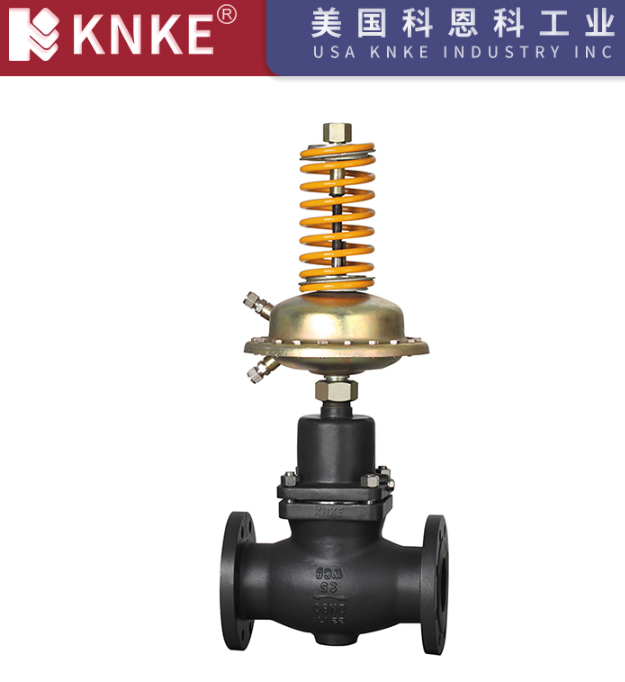Features of the Self-Operated Pressure Regulator Valve
The self-operated pressure regulator valve is an automatic control device that doesn’t require external energy sources, such as electricity or gas. It works efficiently in environments where these resources are unavailable. Thanks to its unique design, the valve has become increasingly popular in industrial automation. In this article, we’ll explore its main features.

1. No External Energy Required, Energy Saving
One key advantage of the self-operated pressure regulator valve is that it doesn’t need external energy. It can regulate pressure without relying on electricity or gas, making it ideal for environments where these resources are not available. This reduces energy consumption and supports sustainable operation, meeting the growing demand for energy-efficient solutions.
2. Fine Pressure Range with High Accuracy
The self-operated pressure regulator valve offers a finely segmented pressure range. This allows for precise control of pressure across different segments. The valve ensures high accuracy, meeting the needs of industrial processes that require tight pressure control. As a result, the system can maintain stable pressure and avoid issues associated with low accuracy in traditional valves.
3. Continuous Pressure Adjustment During Operation
Pressure settings on the self-operated pressure regulator valve can be adjusted continuously while the valve is in operation. Operators can make adjustments based on real-time conditions without having to stop the system. This flexibility enhances operational efficiency and allows the system to adapt quickly to changing needs.
4. Pressure Ratio Between Inlet and Outlet: 10:1 to 10:8
The valve can maintain a pressure ratio between the inlet and outlet of 10:1 to 10:8. Even with large pressure differences, it remains effective in regulating pressure. This feature ensures the system operates smoothly under conditions with high pressure differentials or large flow fluctuations.
5. Rubber Diaphragm Detection for High Accuracy and Quick Response
The valve uses a rubber diaphragm for detection, which ensures high accuracy. The diaphragm’s sensitivity allows the valve to quickly respond to pressure changes. This quick response improves control precision and enhances the stability of the system.
6. Pressure Balancing Mechanism for Improved Sensitivity
The self-operated pressure regulator valve includes a pressure balancing mechanism. This design ensures quick reactions to pressure changes, maintaining system stability. By balancing pressures, the valve improves sensitivity and accuracy, which strengthens overall system control.
The self-operated pressure regulator valve operates efficiently without external energy sources. It provides precise pressure regulation, continuous adjustment, and high sensitivity. These features make it a valuable asset in various industrial control systems. As automation and smart technologies advance, this valve will continue to deliver unique advantages, helping to increase efficiency and productivity across industries.
